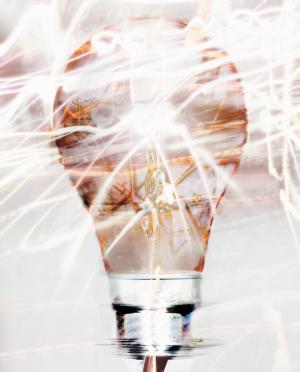The ability to provide reliable capacity is becoming both riskier and more costly to society and investors alike.
Larry Kellerman is managing director, commodities, at Goldman Sachs. Contact him at Larry.Kellerman@gs.com.
The year was 1902 and Samuel Insull, nominally the father of the electric utility industry, faced a dilemma. The largest generators at his flagship utility, then called Chicago Edison, used 4,000-kW engines. His engineers, led by Fred Sargent (who later founded Sargent & Lundy), thoughtfully explained to Insull that if the reciprocating engines were made any larger, the stress caused by the push-pull action of the recips quickly would destroy the machinery.

Insull suggested they build a new plant with huge steam-electric rotating turbines. Sargent claimed that using a turbine for large steam applications was impossible. Undeterred, Insull went to Charles Coffin, president of General Electric (GE), asking him to build and guarantee a 5,000-kW steam turbine. After several refusals, GE finally agreed to attempt the unthinkable—build the world’s largest steam generating plant without conventional reciprocating technology, but with untried turbine technology. GE made Insull’s utility accept a huge part of the cost and performance risk of the turbine.

